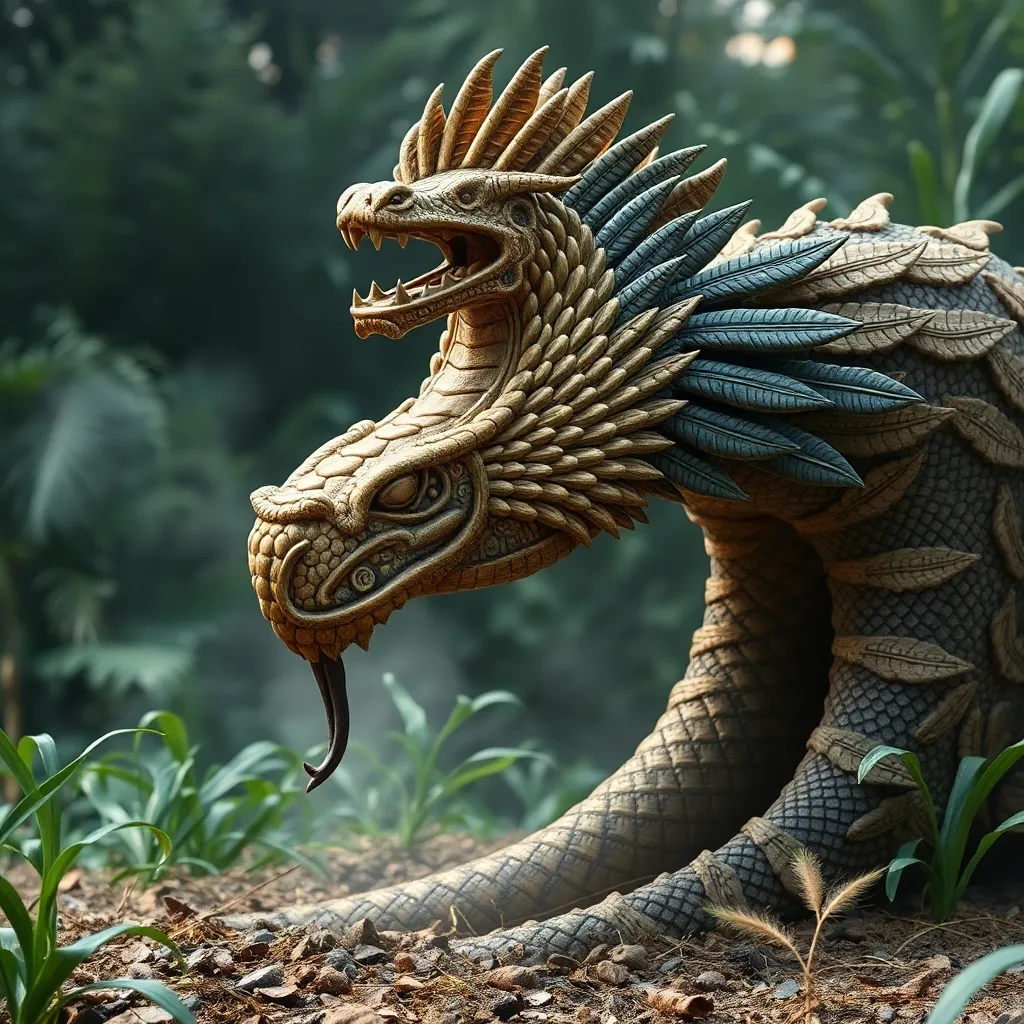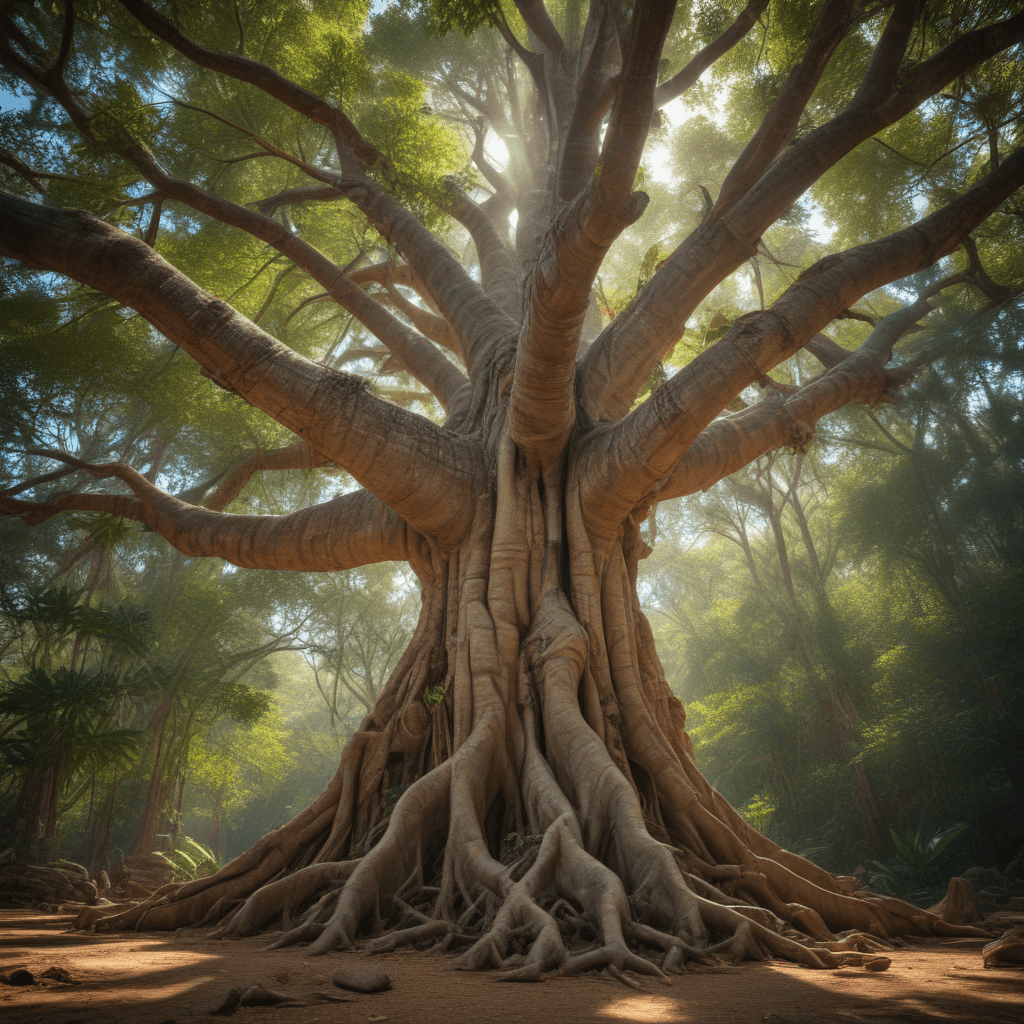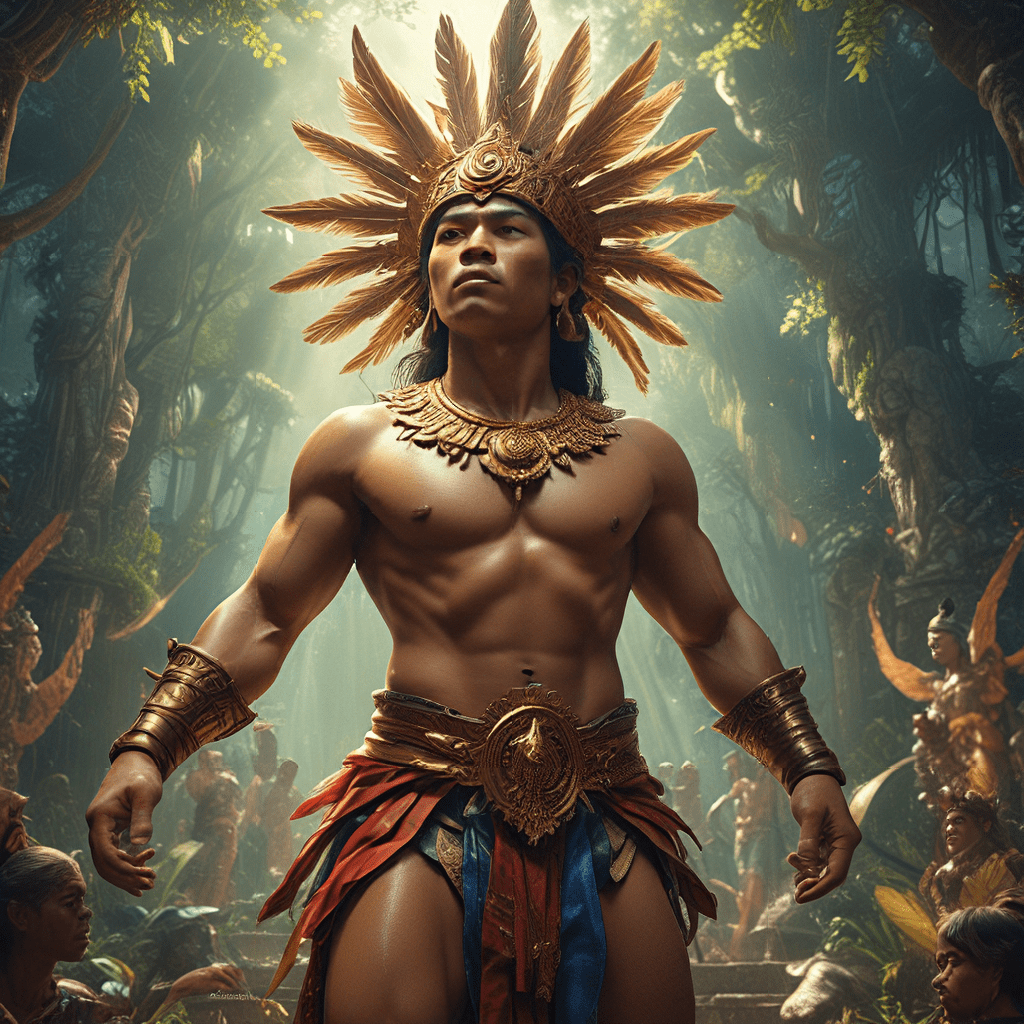Quetzalcoatl and the Maize God: The Feathered Serpent’s Role in Agriculture
I. Introduction
In the rich tapestry of Mesoamerican mythology, two figures stand out for their profound connection to agriculture: Quetzalcoatl, the Feathered Serpent, and the Maize God. These deities not only symbolize the vital importance of maize to ancient cultures but also embody the intricate relationship between spirituality and agricultural practices. Agriculture was the bedrock of ancient Mesoamerican societies, influencing their economy, social structure, and cultural identities. This article explores the agricultural significance of Quetzalcoatl, examining how he and the Maize God shaped farming practices and agricultural rituals in Mesoamerica.
II. The Mythological Background of Quetzalcoatl
Quetzalcoatl is one of the most revered gods in Mesoamerican mythology, particularly among the Aztecs and the Toltecs. His name translates to “Feathered Serpent,” a fitting description of his dual nature as both a bird and a snake. This combination symbolizes the heavens and the earth, reflecting his role as a god of wind, rain, and learning.
Quetzalcoatl’s attributes include wisdom, creativity, and the ability to bring life to the earth. His duality is vital to understanding his influence, as he is not only a god of agriculture but also a deity of knowledge and culture. The symbolism of the Feathered Serpent extends beyond mere mythology; it represents the interconnection of the divine and the terrestrial, emphasizing the importance of balance in nature.
III. The Maize God: A Central Figure in Mesoamerican Agriculture
The Maize God, often depicted as a youthful figure adorned with maize motifs, is another pivotal deity in Mesoamerican agricultural practices. Maize, or corn, was not just a staple food; it was considered sacred, integral to the survival and identity of many Mesoamerican peoples. The Maize God embodies the life force of maize, representing fertility, growth, and sustenance.
Cultural representations of maize permeate Mesoamerican societies, appearing in art, rituals, and even cosmology. For instance, maize is often linked to creation myths, where it is said that humanity was created from maize dough. This reverence highlights the Maize God’s significance, as he is seen as a provider of nourishment and prosperity.
The relationship between the Maize God and agricultural fertility is crucial. Farmers would invoke his blessings through various rituals to ensure bountiful harvests and protect their crops from droughts and pests. His presence in the agricultural cycle underscores the sacred nature of farming in Mesoamerican culture.
IV. Quetzalcoatl’s Influence on Agriculture
Numerous myths and stories link Quetzalcoatl directly to agricultural practices. One prominent legend tells of how he descended from the heavens to teach the people how to cultivate maize and other crops. Quetzalcoatl’s teachings included methods of planting, harvesting, and the significance of seasonal cycles, ultimately transforming agricultural efficiency.
Quetzalcoatl’s role in teaching farming techniques cannot be overstated. He is often credited with introducing essential agricultural tools and practices, such as crop rotation and the use of fertilizers. These innovations allowed Mesoamerican societies to thrive, leading to population growth and the establishment of complex civilizations.
Rituals and festivals honoring Quetzalcoatl were integral to agricultural cycles. The most notable is the Tlacaxipehualiztli festival, which celebrated the renewal of life and the agricultural season. Participants would offer sacrifices and perform elaborate ceremonies to honor Quetzalcoatl’s contributions, ensuring his favor for the upcoming planting season.
V. The Interconnection Between Quetzalcoatl and the Maize God
Quetzalcoatl and the Maize God share several attributes and responsibilities concerning agriculture. Both deities symbolize fertility, growth, and the cyclical nature of life. In many myths, they collaborate in creating the world and sustaining it through agricultural abundance.
Symbolic representations of their partnership appear in various creation myths. For instance, in some narratives, Quetzalcoatl is said to have sacrificed himself to the Maize God, allowing maize to flourish on earth. This act of selflessness emphasizes the interconnectedness of their roles and the importance of sacrifice in agriculture.
Their combined influence shaped Mesoamerican agricultural practices significantly. Farmers would often pay homage to both deities, acknowledging that their survival depended on the harmonious relationship between the spiritual and natural worlds.
VI. Archaeological Evidence of Their Agricultural Role
Archaeological discoveries continue to shed light on the agricultural roles of Quetzalcoatl and the Maize God. Excavations at ancient sites have revealed artifacts and iconography that depict these deities in agricultural contexts. For example, pottery featuring maize motifs and images of Quetzalcoatl have been found in burial sites, indicating the importance of these figures in agricultural societies.
Iconography often includes ceremonial tools and agricultural implements, suggesting that rituals were performed to honor these gods as part of farming practices. Additionally, the analysis of crop remains at archaeological sites has shown a heavy reliance on maize, corroborating the cultural narratives surrounding these deities.
These findings highlight the deep-seated belief in the divine influence on agricultural productivity and the rituals that were integral to farming life in Mesoamerica.
VII. The Legacy of Quetzalcoatl and the Maize God in Modern Agriculture
The cultural significance of Quetzalcoatl and the Maize God persists in contemporary society. Their stories and representations continue to inspire modern agricultural practices, particularly in regions where maize remains a staple crop. Festivals celebrating maize harvests often evoke the traditions tied to these ancient deities, reflecting their enduring legacy.
Moreover, the influence of these gods can be seen in discussions about sustainable agriculture and the preservation of ancient farming knowledge. Modern agricultural practices that emphasize biodiversity and respect for nature resonate with the teachings attributed to Quetzalcoatl and the Maize God.
The ongoing relevance of these deities serves as a reminder of the importance of mythology in understanding agricultural history, providing insights into how ancient beliefs continue to inform contemporary practices.
VIII. Conclusion
Quetzalcoatl and the Maize God played pivotal roles in the agricultural landscape of Mesoamerica. Their intertwined narratives reflect the deep reverence for maize and the belief in divine intervention in farming practices. The impact of these deities on Mesoamerican identity and culture endures, as their stories continue to inspire agricultural practices and cultural celebrations today.
Ultimately, the mythology surrounding Quetzalcoatl and the Maize God underscores the importance of understanding the relationship between spirituality and agriculture, offering valuable lessons about sustainability and respect for the natural world in our ongoing quest for nourishment and prosperity.




